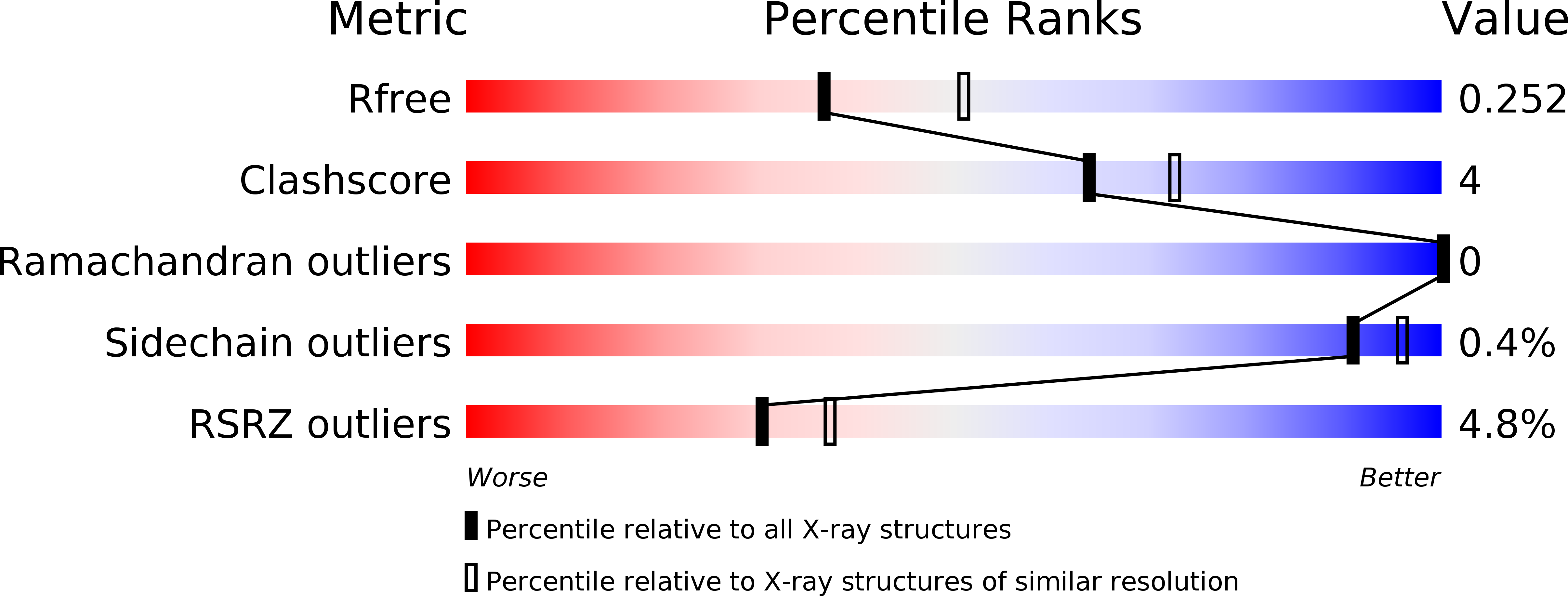
Deposition Date
2015-11-10
Release Date
2016-01-06
Last Version Date
2024-10-16
Entry Detail
PDB ID:
5EO9
Keywords:
Title:
Crystal Structure of the complex of Dpr6 Domain 1 bound to DIP-alpha Domain 1+2
Biological Source:
Source Organism:
Drosophila melanogaster (Taxon ID: 7227)
Host Organism:
Method Details:
Experimental Method:
Resolution:
2.30 Å
R-Value Free:
0.25
R-Value Work:
0.20
R-Value Observed:
0.20
Space Group:
P 21 21 2


